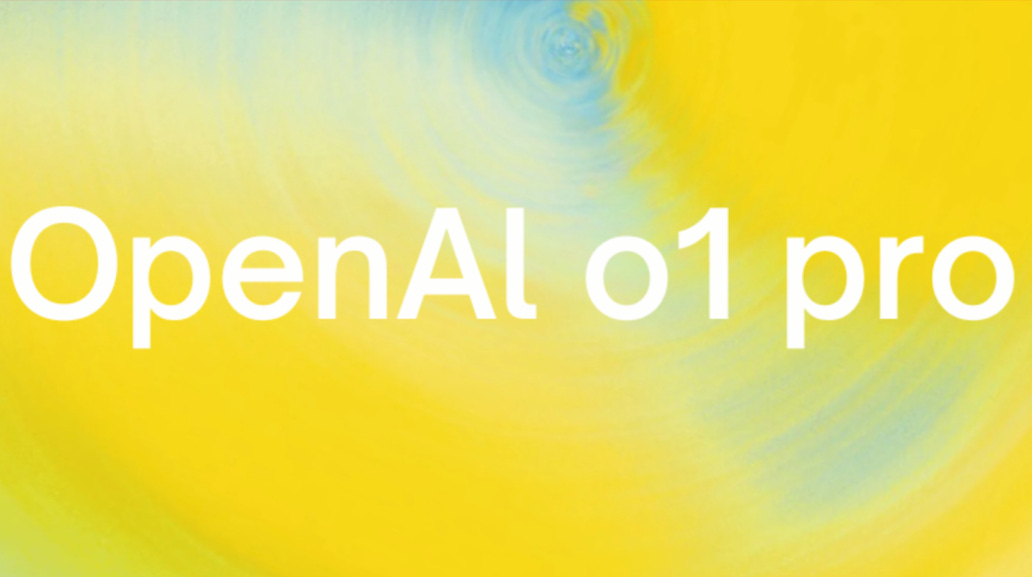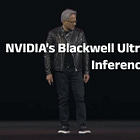OpenAI Launches the Most Expensive o1-pro API! A Thousand Times the Cost of DeepSeek
Discover OpenAI's o1-pro API: Advanced AI at $150/million input & $600/million output tokens. A premium choice for Tier 1-5 developers seeking top-tier performance.
"AI Disruption" Publication 5000 Subscriptions 20% Discount Offer Link.
$150 per million input tokens, $600 per million output tokens.
Just now, OpenAI launched a more powerful version of the o1 inference model in its developer API, called o1-pro.
According to OpenAI, o1-pro utilizes more computational resources than o1 to deliver better responses.
This feature is only available to specific developers (Tier 1–5 developers) and supports vision, function calling, structured outputs, and is compatible with the Response and Batch APIs.
With the increase in computational resources, the API pricing has also risen: $150 per million input tokens (approximately 750,000 words) and $600 per million output tokens.
It can be said that this is the most expensive model OpenAI has ever released! When compared to its own models, the pricing of o1-pro is also outrageously high.
No wonder netizens joked: "I just said 'hi' to o1-pro, and it cost me 2 cents. I’ll never say 'bye' again."
Some netizens also compared it to DeepSeek-R1, and the difference is startling. DeepSeek-R1's pricing is incredibly user-friendly, and DeepSeek even offers off-peak discounts, making it even more affordable.
Many people are puzzled as to why OpenAI is raising prices so high.
"Imagine this: while you're sleeping, the o1-pro system gets stuck in a vicious loop, and by morning, you find yourself buried in debt."
Although OpenAI's published specifications look impressive, some internal benchmarks show that o1-pro's performance is only slightly better than o1 in programming and math problems.
However, the test results also indicate that it is more stable when answering questions.
Last month, OpenAI CEO Sam Altman predicted that the cost of using fixed-level AI would drop by about 90% every 12 months, greatly promoting the popularization of AI. However, the pricing of o1-pro seems to go against this trend, taking a "luxury" route instead.
Moreover, against the backdrop of rising computational costs, whether the marginal benefits of performance improvements can continue to match the price increases is a topic worth pondering in the AI industry.












